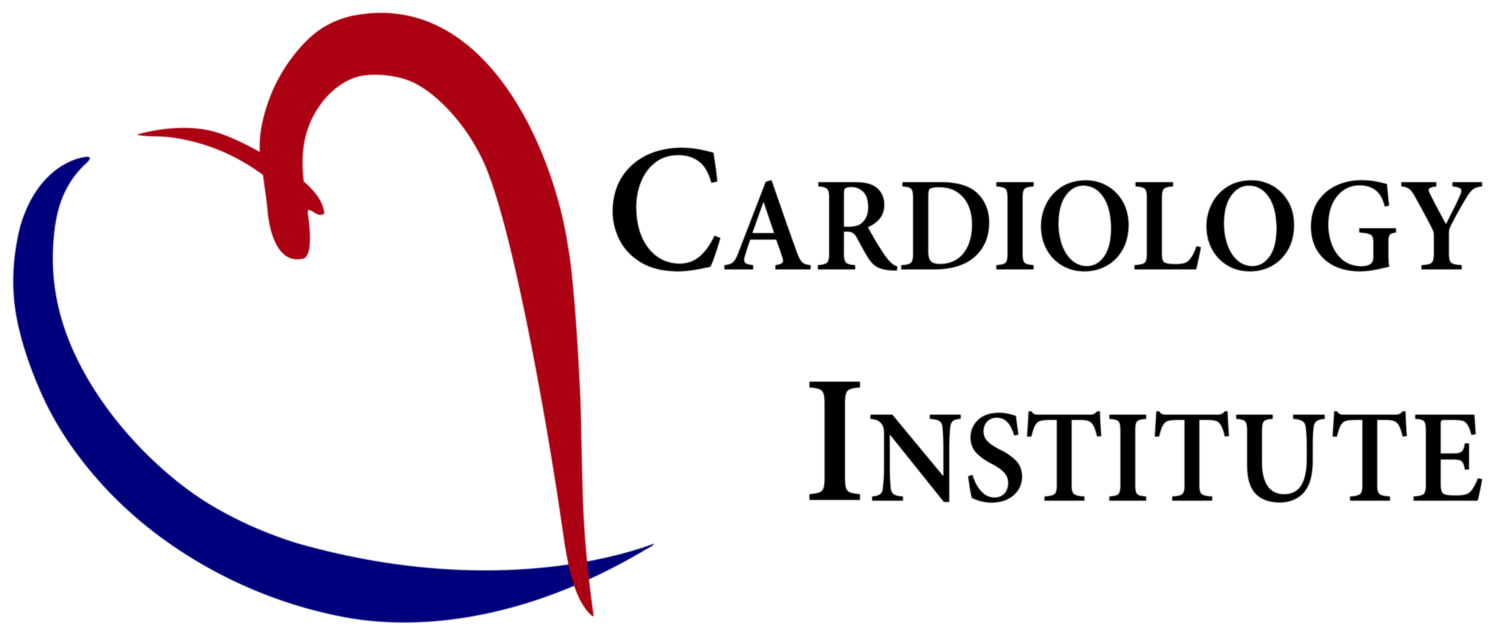Scenario
65M with Type 2 diabetes on oral hypoglycaemics but no proven coronary artery disease, BP 150/95mmHg despite 3 months of intensive lifestyle modifications, not currently on anti-hypertensives. Would you?
- Introduce low dose ACE inhibitors, with gradual up-titration
- Introduce combination ACE inhibitor / thiazide, with up-titration later on
Discussion
The new ACC/AHA 2017 BP guidelines suggest the use of combination therapy on BP treatment initiation, instead of the traditional monotherapy with sequential titration.
This is driven by :
1. therapeutic inertia where many patients on anti-hypertensives do not achieve blood pressure target
2. decrease in incremental anti-hypertensive effects as anti-hypertensive dose increases
3. increase in adverse drug side effects as anti-hypertensive dose increases
The last two observations are certainly our anecdoctal observation but are well illustrated in one of the older studies. Law et al. published a meta-analysis in the BMJ in 2003 of 354 randomized double-blind placebo-controlled trials of anti-hypertensives in fixed dose.
Comparing the various anti-hypertensives at standard dose, half standard dose and double standard dose, one observes that:
1. While there is a linear relationship between BP lowering effect and anti-hypertensive dosing, almost 75% of the anti-hypertensive effectscome from the initial half standard dose.
- Take the example of ACEi, BP lowering effect was 7.8/3.7 with half dose, 10.3/4.7 with standard dose, and 12.3/5.7 with double standard dose.
2. Anti-hypertensives at half standard dose have significantly lower adverse drug effects than standard dose or double standard dose. These differences are actually quite dramatic, with the exception of ACEi and ARBs.
Incidence of adverse drug events with the corresponding anti-hypertensives by dose. % is expressed as %Rx - %placebo.
Take home message
- In the above scenario, one might achieve better BP control if we opt for combination therapy on treatment initiation.
- The ACC/AHA 2017 BP guidelines pragmatically suggested that one could initiate combination therapy if the BP is 20/10mmHg above the target.
Reference
- Whelton PK, Carey RM, Aronow WS, Casey DE Jr, Collins KJ, Dennison Himmelfarb C, DePalma SM, Gidding S, Jamerson KA, Jones DW, MacLaughlin EJ, Muntner P, Ovbiagele B, Smith SC Jr, Spencer CC, Stafford RS, Taler SJ, Thomas RJ, Williams KA Sr, Williamson JD, Wright JT Jr. 2017 ACC/AHA/AAPA/ABC/ACPM/AGS/APhA/ASH/ASPC/NMA/PCNA guideline for the prevention, detection, evaluation, and management of high blood pressure in adults: a report of the American College of Cardiology/American Heart Association Task Force on Clinical Practice Guidelines. Hypertension. 2017
- Law et al. Value of low dose combination treatment with blood pressure lowering drugs: analysis of 354 randomised trials. BMJ 2003; 326:1427.
Author: Andrew To


